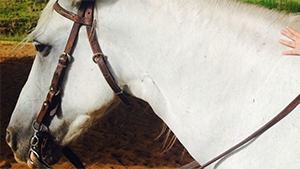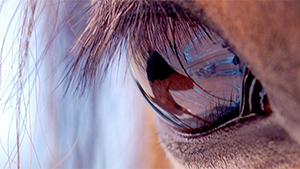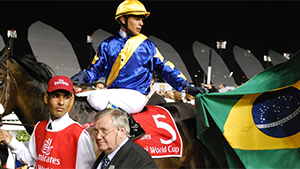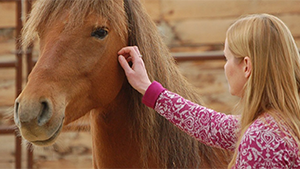The Gallop
The gallop is a natural, diagonal, three-beat gait with a moment of suspension.
It is asymmetrical, executed diagonally in groups of three beats, separated by a period of suspension during which the horse’s body is “in the air,” with no contact with the ground.
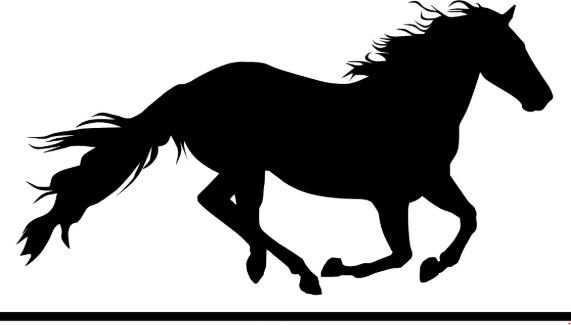
Dynamics of the Gallop
The sequence begins when the horse moves off with one hind limb, followed by the diagonal pair, and finally the remaining forelimb. After this, the body enters a suspension phase before the cycle repeats. The beats can be heard distinctly: ta-ta-ta, ta-ta-ta, ta-ta-ta.
When watching a horse galloping on the right lead, the hind limb consistently lands ahead of the left, and the same occurs with the forelimbs. This creates the impression that the horse is galloping laterally. The gait is therefore named as right lead or left lead depending on whether the right or left forelimb is leading.
- When the horse is on the correct lead, the gallop is called true lead.
- If the rider asks for the right lead but the horse gallops on the left, it is said to be counter-canter (or false lead).
- Sometimes, a horse may gallop with the forehand on the correct lead but the hindquarters on the opposite lead. This is known as cross-canter (or disunited canter).
For beginners, it can be difficult to recognize which lead the horse is on. A simple way is to lower the rider’s gaze slightly and watch which shoulder is reaching farther forward—the leading leg will move in unison with it.
Mechanics and Effort
The power of the gallop comes primarily from the hindquarters. The gait is rocking in nature due to the movement of the neck.
Although the three-legged support phase is brief, it provides sufficient stability.
On curves, if the horse is on the correct lead, centripetal force causes it to lean slightly inward. If on the wrong lead, centrifugal force pushes it outward, making the horse tilt to the outside of the curve.
Gallop Speeds
- Normal gallop: ~21 km/h (350 meters per minute), with strides of about 3.50 m.
- Collected (short) gallop: 250–300 meters per minute, with strides of 3.20 m.
- Extended gallop: ~25–30 km/h (400 meters per minute), with strides of 4.50 m.
The tempo of the gallop, as with the walk and trot, can vary depending on breed, training, and the horse’s energy.
Famous Examples
- Secretariat (Thoroughbred): One of the greatest American racehorses, winner of the Triple Crown in 1973, who set a world record at 1,800 m, reaching speeds of 68 km/h.
- Deepriver (Quarter Horse): Set a time of 56 seconds over 1,000 meters.
- Lunarejo Cardal (Argentine Criollo): Covered 1,380 km between Buenos Aires and Mendoza in just 17 days, averaging 80 km per day.

